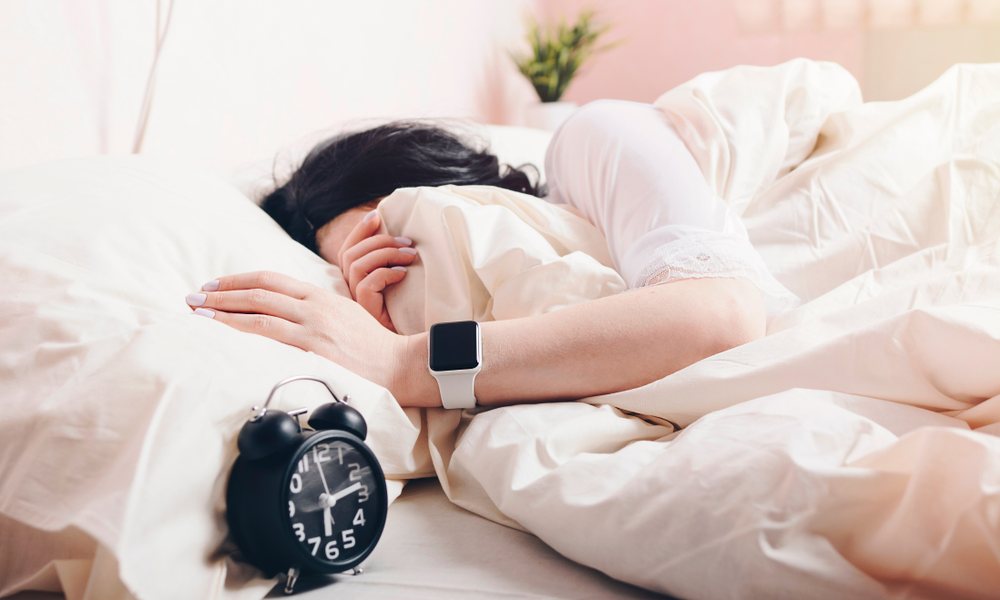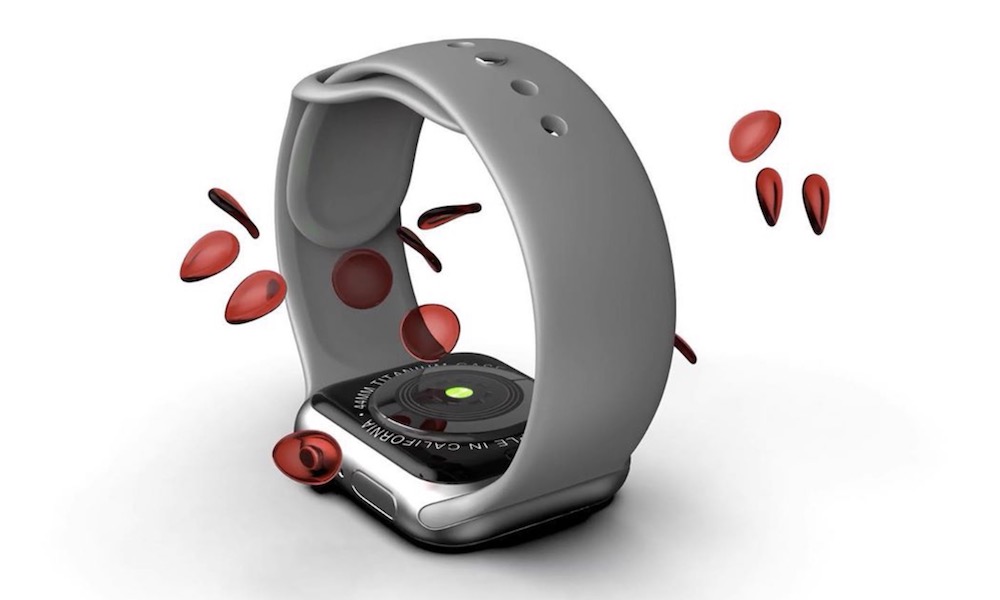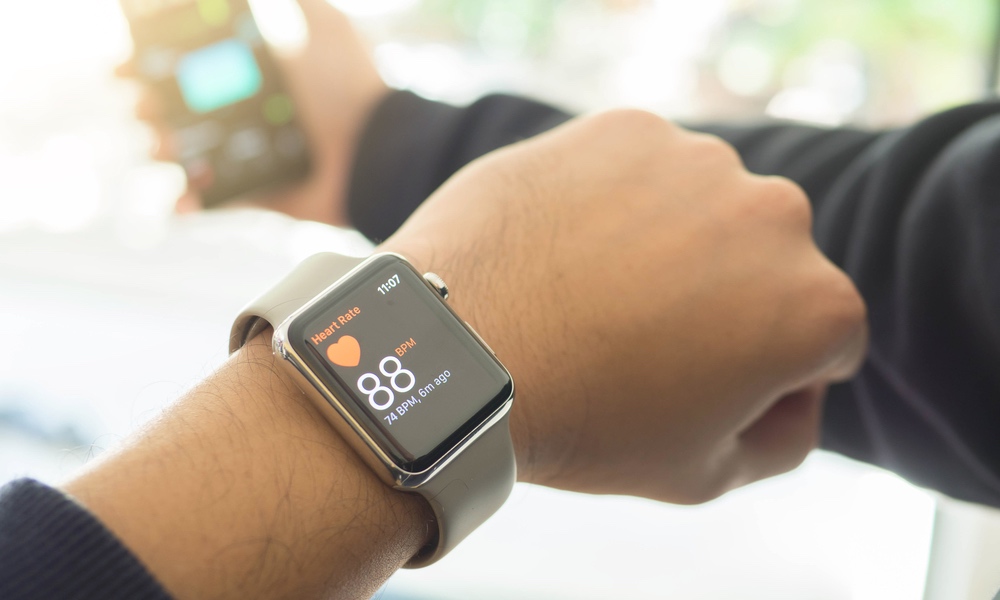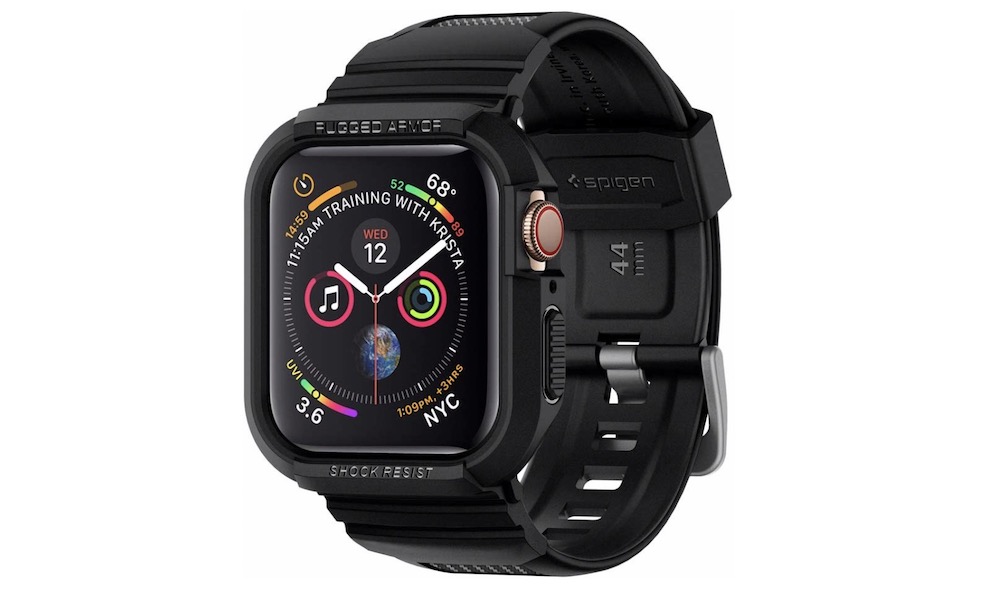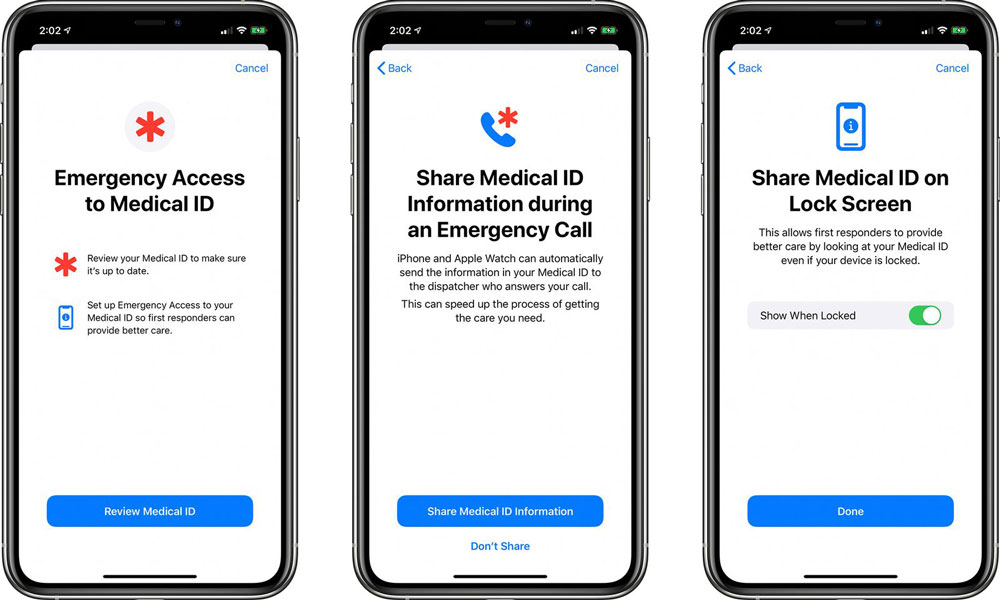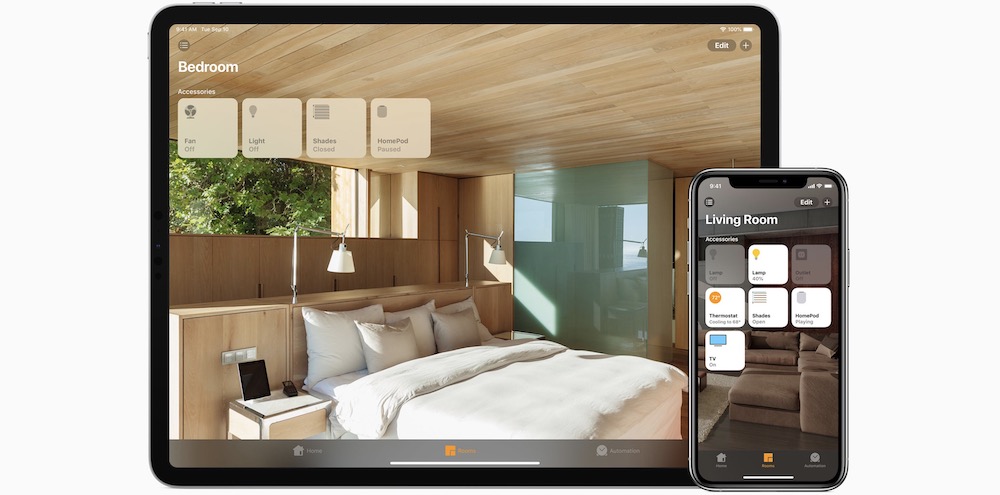Here’s Every New and Improved Health Feature Coming to iOS 14 and watchOS 7
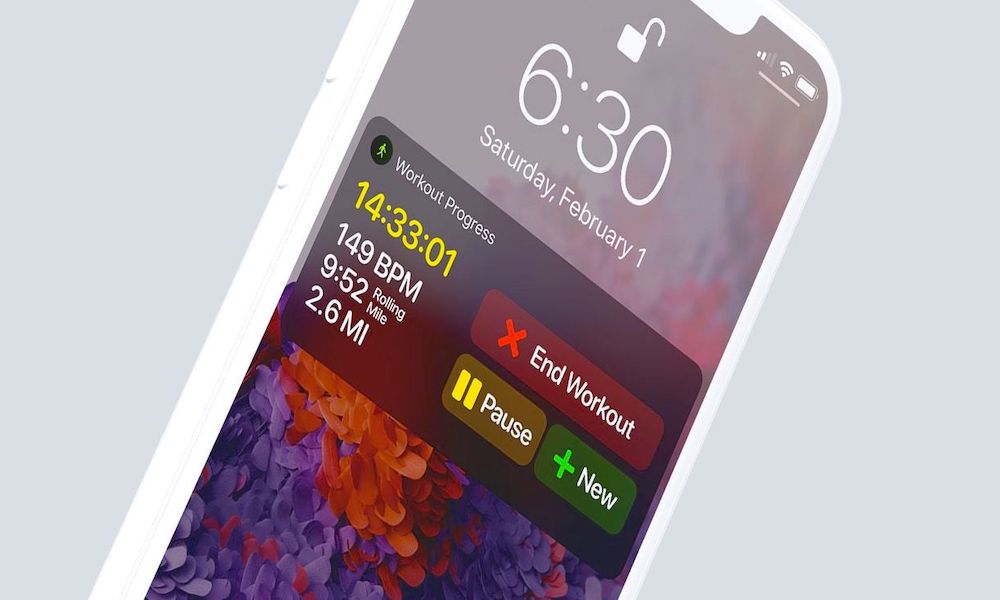 Credit: BirchTree
Credit: BirchTree
Ever since the release of the first Apple Watch it's been pretty clear that Apple has been endeavouring to make an impact on the world through technology that can improve people's health and wellness. Apple has hired legions of doctors working in secret labs to help research, develop, and test ways in which products like the Apple Watch can offer even better health features, and Apple CEO Tim Cook has gone on record as saying that he wants Apple's health-related work to be its "greatest contribution to mankind."
So it's probably not surprising that with each new iOS and watchOS release, we hear of Apple's plans to continue baking in more and more advanced health features, ranging from purely clinical features that monitor vital signs to broader applications that can improve a person's overall health and well-being. Read on for 8 new health and wellness features that we expect Apple to introduce in iOS 14 and watchOS 7 this fall.
Sleep Tracking
By all reports, Apple has been working on sleep tracking for at least a few years now — it began at least as far back as 2017, when Apple acquired Beddit — and it was about a year ago that we began to hear solid reports that Apple was working on bringing this technology to the Apple Watch in some way.
These reports have ramped up over the past year, even including evidence of a new Sleep app that leaked out in an App Store screenshot for Apple's own Alarms app, suggesting that Apple has already been testing the feature for a while. There had been rumours that a basic version would arrive last fall, but obviously that didn't happen, so at this point it seems very likely to appear in watchOS 7 and the Apple Watch Series 6, but it's not yet clear how compatible it will be with older Apple Watch models; in the very least there's going to be an impact on battery life since you'll naturally have to wear your Apple Watch to bed.
To be clear, Apple's acquisition of Beddit doesn't relate directly to the watch, as the company actually made a sleep tracking mat, but it does give Apple the expertise (and quite possibly some of the patents) that will help it to pursue sleep tracking in the broader sense, and it's also considering other innovative new sleep tracking products.
Blood Oxygen Monitoring
Blood oxygen monitoring, or "SPO2 tracking," is a feature that's arguably been long overdue to come to the Apple Watch — Fitbit actually beat Apple to the punch here — but it looks like it could finally arrive this fall with watchOS 7.
While the Apple Watch currently offers VO2 max measurements — the maximum rate of oxygen consumed during exercise — it can only do this by measuring the user's heart rate, since a face mask is required to get truly accurate measurements. However, this is also a measurement that applies primarily to workouts. By contrast, SPO2, is intended to monitor the amount of oxygen in the blood on a regular basis, which could help to detect certain medical conditions as well as helping athletes pace themselves during strenuous workouts.
There's some debate about whether new hardware would be required to properly support SPO2 monitoring; according to iFixit, the necessary hardware was there in 2015, and certainly the fact that Fitbit was able to add it to older models via a software update suggests that Apple should be able to do the same. As with some of Apple's other health features, the delay likely comes down to making sure that Apple can get these readings with proper accuracy as well as getting the necessary regulatory approvals.
Blood Pressure Monitoring
Digital blood pressure monitors have been around for years, and there are many options now that can even connect wirelessly to your iPhone over Bluetooth to help keep track of your blood pressure readings, but Apple obviously knows it would be much better if your Apple Watch can do this directly. For one, it would save you the trouble of purchasing and using a separate accessory, and secondly it would be something you're always wearing anyway.
A new report this week uncovered a patent that shows that Apple is working on the technology that would allow your blood pressure to be measured using sensors that are built directly into the Apple Watch, right from your wrist. This would allow your blood pressure to be monitored on an ongoing basis, which could help identify signs of hypertension to build a better profile of your heart health as well as alerting you to potential heart risks.
It's unclear whether the current Apple Watch models include the sensors that would be necessary to pull this off, so it could require an Apple Watch Series 6, although it's possible it could function in a more limited manner on existing Apple Watch models, in much the same way that watchOS 5 introduced irregular heart rhythm notifications to older models. However, studies have shown that even the iPhone camera can be used to measure blood pressure.
Mental Health Tracking
Another recent leak suggests that Apple is also looking to bring mental health tracking to the Apple Watch by combining the existing heart rate sensors with software algorithms that could be used to detect anxiety and stress levels and even panic attacks.
Sources for the leaks suggest that this feature may also be connected to the blood oxygen monitoring capabilities, since it would be necessary to measure the oxygen levels in a person's blood to try and determine if they're hyperventilating. This could allow the Apple Watch to offer breathing exercises to help you calm down, as well as alerting you to stop whatever you're doing, especially if it's a high-risk activity like driving a car.
Other studies last year have also shown how an Apple Watch can be used to detect early signs of dementia, and even symptoms of Parkinson's disease, although both of these are likely farther on the horizon, as they undoubtedly require a lot more research and study before they're ready for prime time.
Tachymeter
Every year Apple adds new watch faces and complications in each new watchOS update, and with watchOS 7, you can expect to see a new Infograph Pro face which will include a tachymeter for the first time.
Commonly found on many sports watches, a tachymeter gives you a measurement at a glance of your walking or running speed based on the time that it takes to travel a given distance. While it's not a huge new feature in terms of the underlying technology, since the Apple Watch has been able to display data like this in the Workout app since the very first model was released, fitness enthusiasts will appreciate the ability to see this data at a glance no matter what they're actually doing.
Emergency SOS Improvements
Apple's Emergency SOS and Medical ID features can already save your life in an emergency, and there are many documented cases where it's allowed users to call for help from an Apple Watch in situations where they may not otherwise have been able to do so.
The Apple Watch already offers Fall Detection which can automatically call emergency services after it detects a hard fall, but it looks like Apple will be taking that automation up another notch, and it actually may come early in iOS 13.5, where you'll now have the choice to automatically share your Medical ID information with emergency services whenever a call is made, ensuring that they have all of your necessary vital stats before the paramedics even arrive.
Naturally, it will be an opt-in feature, and unfortunately it won't work everywhere right away; your emergency services provider will have to support Enhanced Emergency Data for it to be transmitted digitally and securely, but it's a huge step in the right direction, especially for users who have allergies or other medical conditions that first responders should know about, and considering that the Apple Watch can even call 911 for you when you're still unconscious, it's definitely going to be a huge boon to ensuring that you get proper medical treatment.
HomeKit Night Shift
While this one falls more solidly into the "wellness" category, it looks like Apple is planning to bring its "Night Shift" feature to your home lighting. While HomeKit users have long enjoyed the ability to create dynamic lighting schedules, there are reports that Apple plans to offer some more intelligent automation that could vary the colour temperature of your lighting during day and night cycles.
In addition to the obvious benefit to reducing exposure to blue light, this also has the potential to help your mood and sleep schedule by creating more comfortable lighting conditions, and could even be connected to the new sleep tracking features, automatically creating warmer and more subdued lighting as you approach your regular bedtime, and adjusting lighting throughout the day in a more gradual and natural way.
Fitness for Kids
For the most part, the Apple Watch has been targeted at adult users, but it looks like that's set to change in watchOS 7, which will add a plethora of new features for kids, including new kid-focused fitness features that will encourage them to exercise with unique activity challenges and metrics more appropriate for young bodies.
This would include simplified rings in the Activity app to track daily activity levels, with the ability for parents to monitor them as well as swapping out parameters that aren't relevant to their kids' fitness goals, such as replacing calories burned with distance or active minutes.
It might also become possible to sync watches for multiple users to a single iPhone, allowing parents to give their kids an Apple Watch without necessarily needing them to have their own iPhones. Apple could also allow kids to pair their Apple Watch with an iPod touch or iPad. A new Schooltime feature would also bring Screen Time parental controls to the wearable, so that parents could lock down the watch during certain times of the day, as well as placing restrictions on who their child can communicate with.

